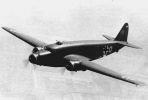
savoia Marchetti SM82 Canguru752 views
|
|
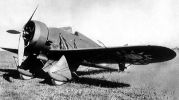
Breda Ba.27701 viewsLow-wing fighter monoplane, with struts and bracing wires, an open cockpit and fixed landing gear. The original mixed construction version was unsatisfactory. It was completely redesigned with an all-metal construction. It was still rejected by the Italian air force, but 11 were built for China.
|
|
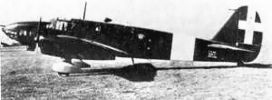
Caproni Ca.309686 viewsSmall twin-engined reconnaissance bomber. The Ca.309 was a low-wing monoplane of mixed construction and with fixed landing gear. 243 were built.
|
|
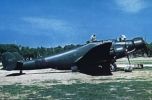
CANT Z 1007643 viewsThe three-engine formula, much developed by Italian manufacturers, had another noteworthy representative in the CANT Z. 1007, the bomber that, together with the SM.79 and BR.20, constituted the Regia Aeronautica's standard equipment during the conflict. A total of 560 aircraft were built in three production series from 1939 to 1943. The Alcione was widely used on all fronts, proving to be an effective aircraft, despite the emergence of problems of structural weakness in extreme climates, such as Africa and Russia, due to its being built entirely of wood. in 10/40, the Z.1007 was largely used in the invasion of Greece, followed by service in the Mediterranean, North Africa and especially against Malta. On the Russian front, the use of the three engine bombers was sporadic and intermittent. At the time of the armistice, the few remaining Z.1007's were split about evenly between the pro-Axis and Co-Belligerent air forces. At its height, the Z.1007 was used by 4 Stormos, 7 Groups and 2 squadrons.
|
|
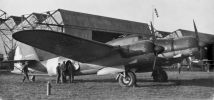
CANT Z.1015619 viewsDevelopment of the Z.1007 with 1500hp Piaggio P.XII RC35
|
|
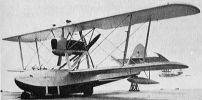
Savoia-Marchetti S.62609 viewsBiplane flying boat. The S.62 was not accepted by the Italian armed forces, but some were built for civilian operators and 24 for the USSR. 29 more were built in the USSR.
|
|

Savoia-Marchetti S.73601 viewsThree-engined transport aircraft, a low-wing airplane with fixed landing gear. Its lines would become typical for the Savoia- Marchetti designs. Some were used by the Italian airforce, including four which -- having originally been sold to Belgium -- had served with the RAF before they were captured in North Africa!
|
|
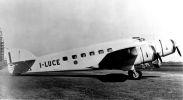
Savoia-Marchetti S.M.83589 viewsThis version was a civil transport version in a 10-passenger configuration. it was powered by 3 × Alfa Romeo 126 RC.34 radial, rated at 750 hp (559 kW)
Number built: unknown out of 23 S.M.83
|
|
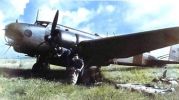
FIAT BR.20 "Cicogna"577 viewsThe Fiat BR.20 Cicogna was the standard Italian bomber of the mid to late 1930's, but it proved to be already obsolete during the French campaign during Italy's entry into World War Two. This bomber was first proposed by Celestino Rosatelli , who envisioned a standardized bomber, in 1934. The two engine BR.20 was first flown on 10 February 1936 at Torino Alitalia and the first 20 units were delivered on 26 November 1937.
Although the aircraft looked realtively sleek and modern, it was already outclassed by other competitors. Nevertheless, a total of 234 BR.20's, 279 BR.20M's and 15 BR.20Bis were built. The BR.20M (Modified) and the BR.20Bis were unique to the original in the change of nose section and engines. These aircrafts were operated in Malta, Battle of Britain, Yugoslavia and the Balkans.
|
|
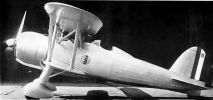
FIAT CR 42 falco548 viewsThe last of the biplane fighters, the Falco flew for the first time on 23 May 1938. It served on most fronts, first as a fighter, and quickly changed to ground support due to the inability of the aircraft to tackle modern allied aircraft. The Fiat CR42 was considered the most agile biplane fighter of WWII, and was certainly a hard target to hit, for the more modern but less maneuverable monoplanes. The Falco was lightly armed, as most of the fighters of it's time were, with 2 12.7mm Breda-SAFAT and still now holds the record of the fastest biplane (439 km/h) in WWII. At the time of El Alamein it was used as ground attack plane. The Falco finished its carreer as a night fighter defending Northern Italy.It was very nice to fly and very manouvrable, with a good pilot could even face the first series Hurricanes.
|
|
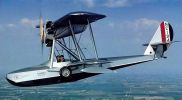
SavoiaMarchettiS-56B546 views
|
|
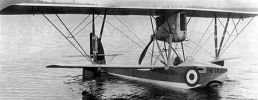
macchi-m5528 views
|
|
|
|